
That was how many critics viewed the Lotus Evora on its launch a year or so ago, although few disagreed that the V6-engined Lotus possessed a near-miraculous ability to bite into corners, to flow round them, to transmit every nuance of cornering force to the driver while smothering bumps as though the road had just been resurfaced. Such incisiveness and such suppleness just don't normally happen in the same car, unless Lotus engineered it.
So the Evora won itself major accolades from the enthusiast magazines despite being a bit lacklustre in the powertrain. That said, a regular Evora does have 280bhp from its 3.5 litres, so complaints might seem churlish. But where was the drama, the theatre?
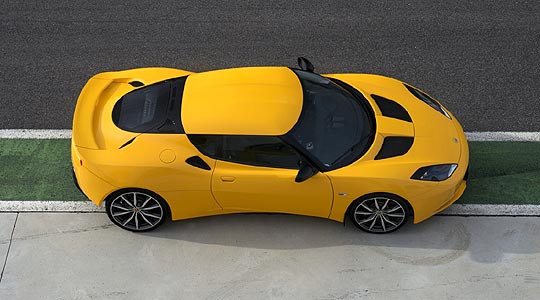
It's right here. Meet the Evora S, the Evora with a Harrop HTV 1320 supercharger and a resultant power hike to 350bhp. Simple. Other good things have happened to this Evora, too, to make the best of the extra energy on tap. It comes with the 'sports' gear ratios optional on the regular Evora, with shorter legs for sharper acceleration at the expense of pie-in-the-sky CO2 readings, and there are a few suspension changes.
Such changes might hardly seem necessary, you'd think, but here they are. Front and rear wishbone bushes are slightly stiffer, better resisting lateral loadings while retaining the longitudinal compliance that forms part of the Evora's suppleness. There's more steering castor to improve on-centre feel and give a more progressive build-up of weighting as the steering wheel is turned. Damper action is slightly firmer and the rear anti-roll bar is stiffer. And there are new wheel designs, which can optionally be shod with Evora S-specific Pirelli P Zero Corsa tyres.
What else? A stronger clutch with revised pedal leverage so the action is no heavier, allied to a lighter flywheel and a vibration-damping valve in the hydraulic fluid line. A revised gear linkage with lower-friction cables and less looseness in the joints. And finally, a new exhaust system with a bypass valve, which opens above 4700rpm to improve gasflow and, of course, make louder tunes. Press the Sport button and the valve stays open all the time, while the throttle response sharpens, the ESP system (Lotus calls it DPM, for Dynamic Performance Management) ceases its 'understeer recognition' and loosens the tail a little more.
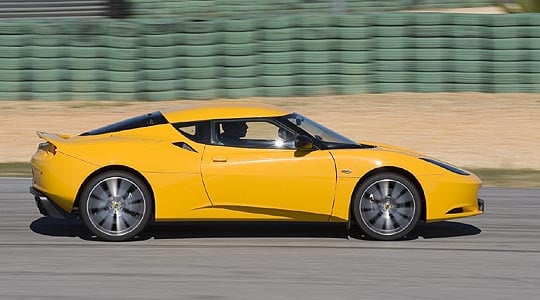
Here I am, then, at the Monte Bianco racetrack near Seville on a gloriously sunny November day. I have just fired up a new Evora S and it sounds deep, crisp, somewhere in tone between a 911 and a Ferrari V12 if perhaps lacking some of these cars' more subtle harmonics. I move off towards open roads and mountains, and press Sport. The accelerator pedal loses its initial mushiness – why would you want it to feel any other way? – but the exhaust note is unchanged. Aha! That's because this Evora has the optional, valveless, sports exhaust which is a little more vocal again than the regular S system with bypass opened. All the better, then, to hear the encouraging fluffs and pops that punctuate the gearchanges.
Still with me? Crankshaft spinning around 2000rpm, it's time for a meaningful prod of the accelerator. There are no fireworks, just a firm, insistent shove as the Evora gathers pace in a way the original version did not, quite. This shove continues to 6800rpm in normal mode, 7200 in Sport, and even sixth gear doesn't smother it.
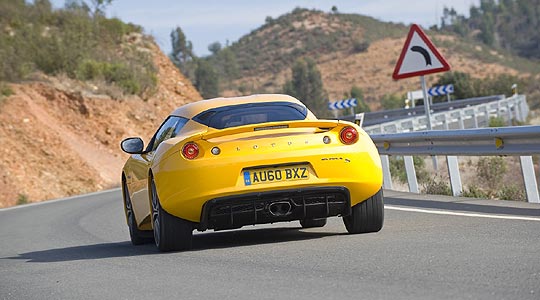
So now there's a choice on a tight, twisty road. You can keep the revs high and the demeanour highly strung, or you can use a higher gear and live in a land of rich torque. This thrust out of bends is new to an Evora, and brings the sense of urgency sometimes lacking before.
Part of the route, past the Rio Tinto mines, adds bumps and looseness to its sinuousness, and here is where you are reminded, again, of what makes a Lotus a Lotus. The Evora deals with all of it with complete nonchalance, never once knocked off line, suspension bottoming-out only on the worst crags. The steering tells you everything you need to know, and just a little bit more so you don't feel the information has been censored. The nose dives in with perfect accuracy and progression, the tail is glued to the road unless you loosen the bonds with a sluice of torque. It's quite wonderful.
And here's the curious part. The sound, the easy, instant response, the lightfootedness combined with the powerful punch from low speeds, all these coalesce to make this Evora feel smaller than the original version, more like a slightly enlarged Elise. This handiness is helped by the improved gearchange, with an action that is lighter and a lot more precise.
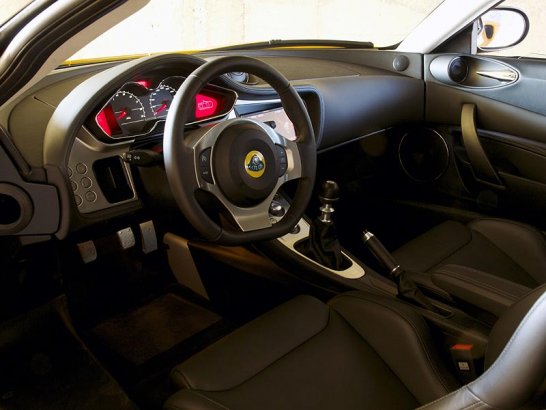
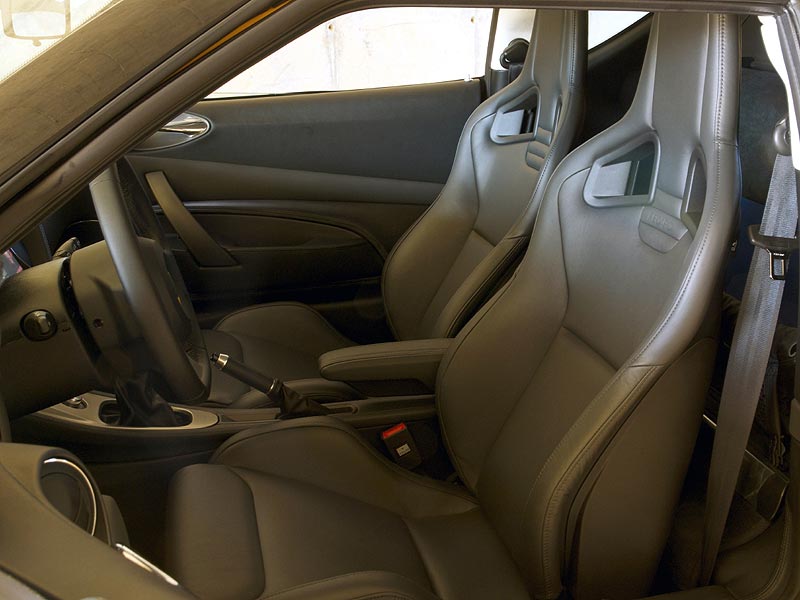
The vital pace figures are these: 0-62mph takes 4.8 seconds, maximum speed is 172mph, the official CO2 number is 239g/km. The weight, despite the aluminium chassis and composite body, is 1437kg; blame the equipment levels demanded (justifiably) by buyers asked for £58,995 even before they start adding a Tech Pack, a Premium Pack or any enhanced exhaust or tyre specification. More than ever, the Evora treads on the toes of a Porsche 911 rather than the Cayman whose mid-engined layout it shares.
Now we're back at the track. Two tracks, actually, for Monte Bianco has been split into a fast circuit and a tight one. Immediately, the Evora, with Sport mode selected and DPM off, feels in its element. Seldom has a mid-engined car felt as benign as this one, as gently progressive in its drifting, as generous in the time it gives you to think. Too much power too soon, it understeers. Ease off and it doesn't. Get it balanced in a bend between steering and throttle, squeeze the accelerator, feel the tail edge out, hold it exactly at the grip limit as you slingshot down the next straight. It's all so easy, so transparent, but powerslides are just an ankle-flex away if you're so inclined and then you need to be quick with the correction.
You can really lean on the Evora, feeling each end's limits, feeling part of the machine the way a racing driver must feel. Seldom is the purity of balance and communication so readily felt at such high speeds. I must have driven 40 laps on the two circuits, and I'd have carried on all day if I could. The brakes never once wilted, and perfection was punctured only by the gearchange.
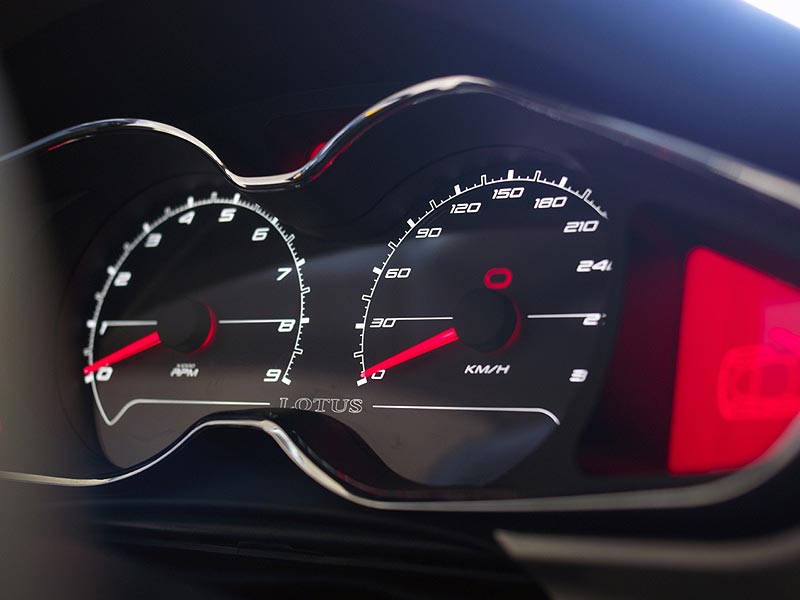
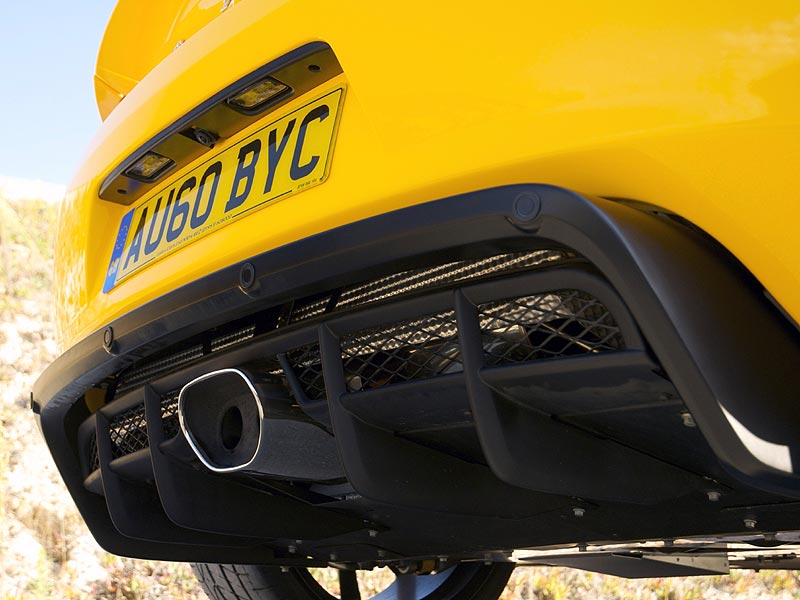
It demands gentleness and sympathy. Try to bang it through the gears, as some are wont to do, and it becomes clunky and obstructive. Try to downshift at too high a speed and it simply won't engage. You need to match the revs properly and feed the lever through the gate at its own pace; do that and it's a sweet, quick shift which rewards precision and calmness. Don't listen to those who tell you it's a bad gearchange. They are not driving the Lotus as a Lotus should be driven.
There are snags with the Evora, of course. The italicised graphics look cheap. The red-lit numeric displays are hard to read. Cabin oddments space is hopeless. The rear seats are little more than an extra luggage compartment. The air-con fan is noisy even on its gentlest setting. The smell of resin should not be the dominant olfactory input, and nor will it be in the new-age, aluminium-bodied Lotuses that will make the Evora the last Lotus to be created in the mould (pun partly intended) of every Lotus since the 1957 Elite.
But none of this matters much, once you drive the new Evora S. If Ferrari made a new Dino, it would feel and sound like this. Lotus's new CEO, ex-Ferrari man Dany Bahar, probably thinks so too.
Text: John Simister
Photos: Lotus
ClassicInside - The Classic Driver Newsletter
Free Subscription!








